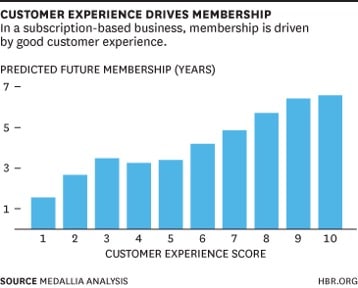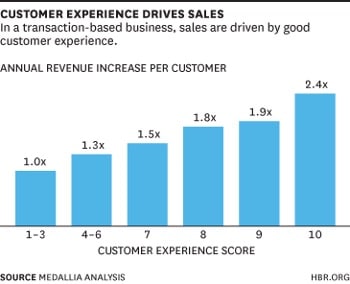
How does service parts planning impact you and me?
Whether we realize it or not, service parts planning impacts our lives on a fairly regular basis. We’ve all been in a situation where our car is in for service and the dealer doesn’t have all the required parts to complete the tasks. If you’re lucky in this situation, the dealer has provided a loaner car, and this isn’t a major disruption to your everyday life. However, what if they didn’t have loaner cars available? What if the part didn’t arrive for over a week? I’m pretty sure your bumper-to-bumper warranty for the first 36,000 miles doesn’t cover Uber reimbursement. You can see how this scenario quickly adds up to a very frustrated customer, leading to them likely never doing service with the dealer again and potentially forgoing the brand altogether! So, after this event unravels, what is the actual cost of that missing service part?
Production vs. aftermarket: What’s the difference?
Let’s start by breaking down what makes service parts planning so challenging. Unlike production planning where demand is forecasted in a consistent and predictable manner, service parts planning often has to forecast intermittent, sporadic, and seasonal demand patterns across a global supply chain. That last part may not have jumped out enough so let me elaborate… with production planning, supply chains are generally working with only one or several production facilities, so parts distribution is less complex relatively speaking. When thinking about the aftermarket, that number grows significantly. For example, there are almost 3,000 Ford dealerships in the U.S. at the moment. Maintenance and parts requirements need to be considered by Ford across all dealerships in order to successfully meet service levels.
To make matters more complicated, service parts planning also has to consider how many design changes occurred throughout production and account for any supersessions and interchangeability requirements. We may not see it on the surface, but weight reduction, cost reduction, and performance improvement factors are constantly leading to iterative designs over the production life of a given model.
Quantifying the opportunity with Net Promotor Score (NPS)
Now that we’ve level set just a few of the many complexities that pertain to service parts planning, let’s shift the discussion to the cost of poor planning. The balancing act between inventory costs and service levels is a delicate one that can keep you up at night (always fun to get those midnight calls from customers asking why they don’t have any parts). The cost of poor planning though is fairly deep once you start peeling back the layers. Not only is the immediate sale now in jeopardy but there is a longer-term consequence associated with the customer’s lifetime value. If the customer has a negative experience due to a delay caused by missing parts, the Net Promotor Score (NPS) will likely drop. What does a lower NPS score mean for future sales?
- According to research done by London School of Economics, a 7% increase in NPS score results in a 1% increase in revenue. Given the direct correlation, revenue decline would occur at a similar pace if NPS score decreases.
- The Value of Customer Experience, Quantified by Harvard Business Review discusses the implications of NPS on annual revenue growth per customer and predicted future subscriptions using the following analysis:


The magnitude of impact that NPS has on revenue will vary depending on the industry and business model, but the relationship remains consistent; lower NPS = lower revenue year-over-year. To further bolster this analysis, the recent study Build a Resilient Aftermarket Service Business supports this correlation, where service organizations expected an average increase of 10.5% in profit if they could make desired operational improvements. Just to clarify, that’s not 10.5% of existing profit in growth, but an ADDITIONAL 10.5% on top of current performance.
Service parts planning key takeaways
To summarize, there are direct and indirect costs of neglecting service parts planning. The direct costs being excessive inventory tying up working capital and/or increased expedited fees due to lack of missing parts. The indirect costs are much costlier though, when analyzing the impact on future revenue as it relates to the NPS score. With service organizations playing a bigger role than ever in overall company performance, it’s critical that investments be made to ensure service parts planning doesn’t become the bottleneck of growth.
Catch me on stage at the Gartner® Supply Chain Symposium/Xpo on May 10th to learn more!